
Breakthrough topical immunotherapy treatments are transforming skin cancer care with remarkable success rates that challenge traditional surgical approaches.

Sun damage at Lake Tahoe’s extreme altitude poses hidden dangers that could permanently harm your skin in ways you never imagined.

Proven antifungal strategies combat tinea versicolor in humid environments, but the secret to preventing stubborn recurrences lies in mastering environmental controls.
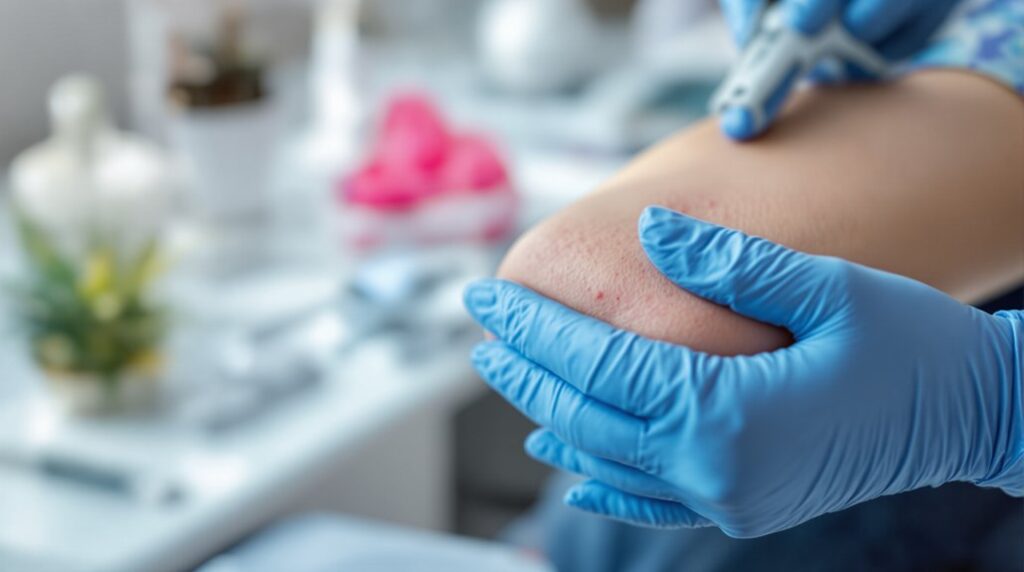
Identifying and treating dermatillomania requires specialized dermatological expertise that most practitioners lack—discover the comprehensive approach that transforms patient outcomes.
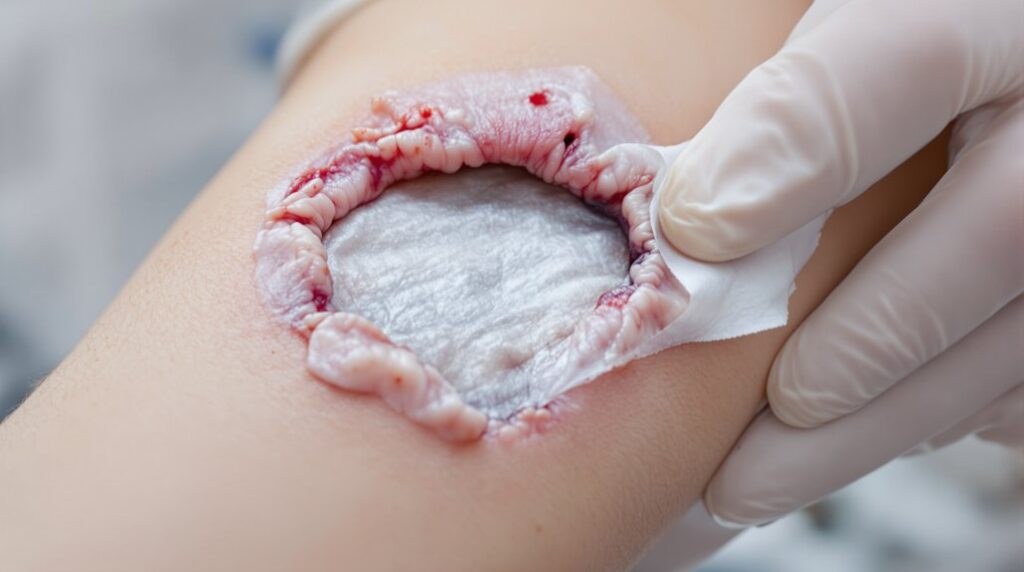
Facing mysterious, rapidly expanding ulcers that worsen with treatment requires specialized care to prevent devastating complications.
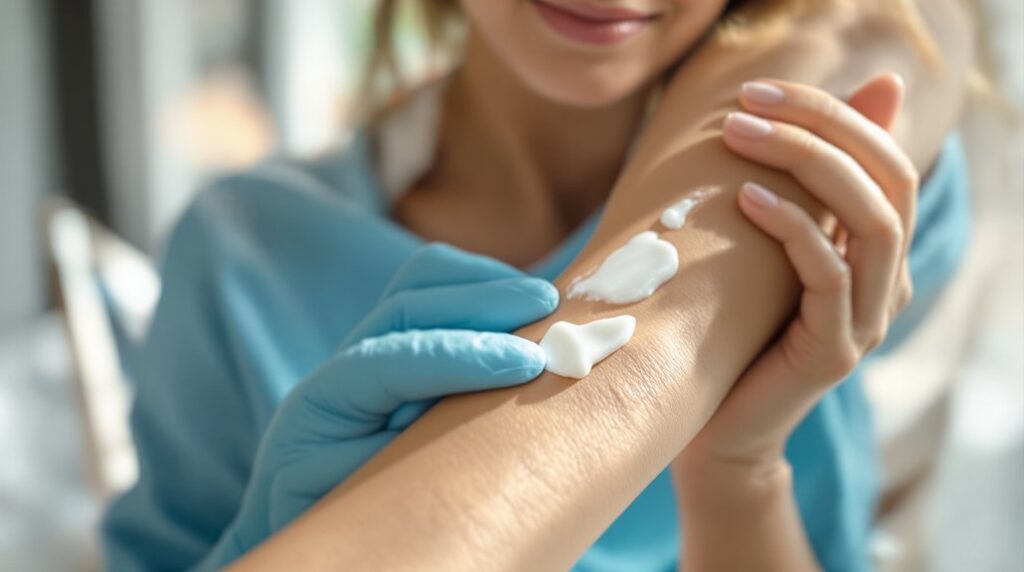
Being on immunosuppressive drugs after transplant surgery dramatically increases your skin cancer risk, but these protective strategies can help.
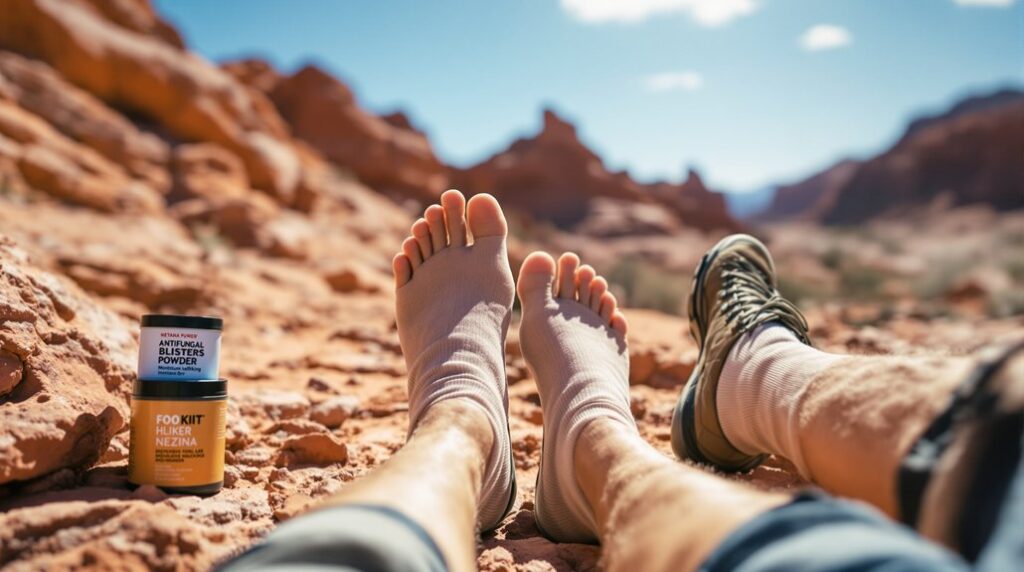
Combat Nevada’s brutal desert conditions that destroy hikers’ feet using proven moisture-management protocols and specialized gear systems.

Unlock specialized skincare secrets for Southern California’s challenging microclimates that every digital nomad needs to maintain healthy skin while traveling.
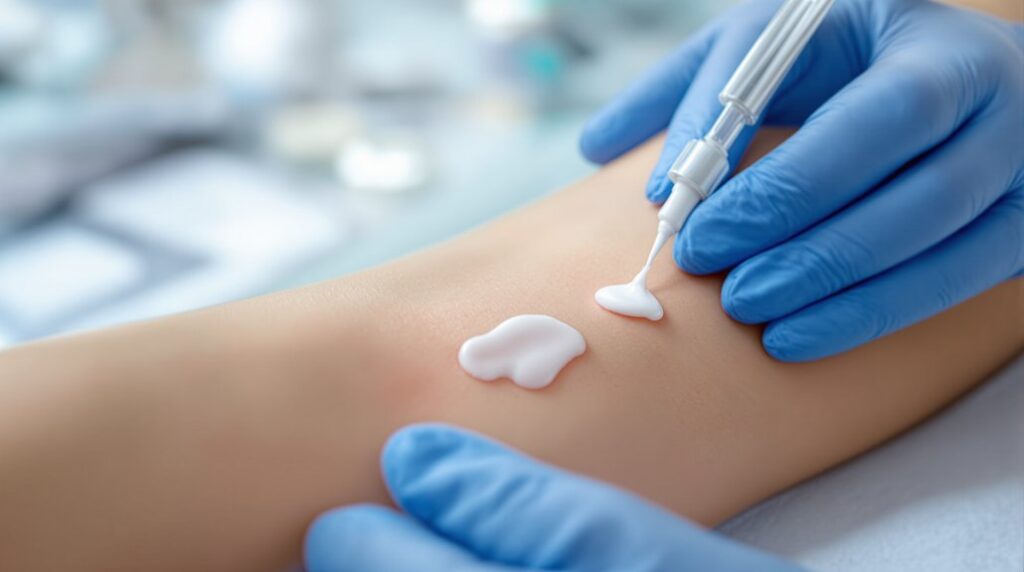
Treating granuloma annulare requires understanding its mysterious triggers and choosing from multiple therapeutic approaches that can transform stubborn lesions.

Fight rosacea flare-ups from beloved Southwestern dishes using proven spice substitutions and temperature controls that preserve authentic flavors.

Arid Tucson demands specialized skincare for college students—discover why your current routine might be damaging your skin.

Uncover the secret coastal cyclists use to battle brutal Northern California windburn while maintaining your passion for scenic routes.